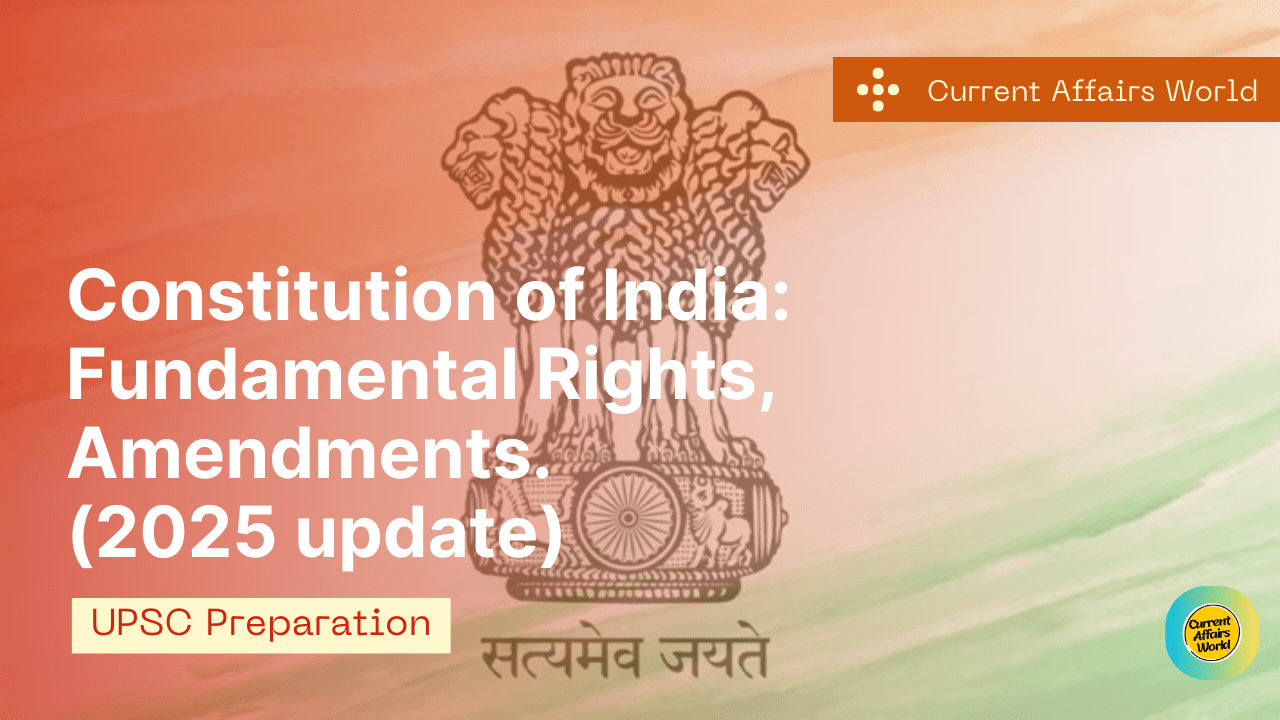Exploring the Dynamic Field of Geography: A Comprehensive Overview
Geography, derived from the Greek words “geo” meaning Earth and “graphia” meaning description, is a multifaceted discipline that encompasses the study of the Earth’s physical features, atmosphere, human societies, and the interaction between them. It is a field that delves deep into understanding the spatial patterns, processes, and relationships that shape our planet. From the majestic peaks of the Himalayas to the vast expanse of the Amazon rainforest, geography offers a lens through which we can explore the diversity and complexity of our world.
Introduction to Geography:
Geography is often divided into two main branches: physical geography and human geography. Physical geography focuses on the Earth’s natural processes and phenomena, including landforms, climate, vegetation, and ecosystems. Human geography, on the other hand, examines the relationship between human societies and the environment, encompassing topics such as population distribution, urbanization, economic activities, and cultural landscapes.
Physical Geography:
Physical geography encompasses a wide range of topics that explore the Earth’s physical processes and features. This includes the study of landforms such as mountains, valleys, plains, and plateaus, as well as the forces that shape them, such as erosion, weathering, and tectonic activity. Climatology, another key aspect of physical geography, examines the Earth’s climate system, including factors such as temperature, precipitation, wind patterns, and climate change. Other areas of study within physical geography include biogeography (the distribution of plant and animal species), hydrology (the study of water resources and the hydrological cycle), and geomorphology (the study of the Earth’s surface features and landforms).
Human Geography:
Human geography focuses on the relationship between human societies and the environment. This includes the study of population dynamics, migration patterns, urbanization, economic activities, cultural landscapes, and political geography. Population geography examines the distribution, density, and characteristics of human populations, as well as factors influencing population growth and decline, such as fertility rates, mortality rates, and migration. Urban geography explores the spatial organization and structure of cities, including issues such as urban sprawl, segregation, and gentrification. Economic geography examines the spatial distribution of economic activities, including agriculture, industry, trade, and globalization, while cultural geography studies the relationship between culture, identity, and place, including topics such as cultural landscapes, heritage, and identity politics.
Geospatial Technologies:
Advancements in technology have revolutionized the field of geography, enabling geographers to collect, analyze, and visualize spatial data with unprecedented precision and accuracy. Geographic Information Systems (GIS), Remote Sensing, and Global Positioning Systems (GPS) are powerful tools used by geographers to map and analyze spatial patterns, monitor environmental changes, and solve real-world problems. GIS, in particular, allows geographers to integrate different layers of spatial data, such as satellite imagery, topographic maps, and demographic data, to create interactive maps and conduct spatial analysis. Remote sensing involves the use of satellites and aerial platforms to collect data about the Earth’s surface, atmosphere, and oceans, while GPS provides accurate positioning and navigation information using signals from satellites.
Environmental Geography:
Environmental geography examines the complex relationship between human societies and the natural environment, focusing on issues such as environmental degradation, resource depletion, pollution, climate change, and sustainable development. It encompasses a wide range of topics, including environmental conservation, natural resource management, environmental policy, and environmental justice. Environmental geographers study the impacts of human activities on the environment, as well as strategies for mitigating these impacts and promoting sustainability. This includes analyzing patterns of land use and land cover change, assessing the health of ecosystems, and identifying areas of environmental vulnerability.
Geopolitics and Geoeconomics:
Geopolitics and geoeconomics are interdisciplinary fields that examine the political, economic, and strategic dimensions of geographical space. Geopolitics explores the role of geography in shaping international relations, including issues such as territorial disputes, geopolitical rivalries, and the geopolitics of energy resources. Geoeconomics, on the other hand, examines the economic dimensions of geography, including patterns of trade, investment, and economic development. Both fields are concerned with the ways in which geographical factors influence the behavior of states, non-state actors, and multinational corporations in the global arena.
Conclusion:
In conclusion, geography is a dynamic and interdisciplinary field that offers a comprehensive understanding of the Earth’s physical and human landscapes. From the study of natural processes and phenomena to the examination of human societies and their interactions with the environment, geography provides valuable insights into the complex and interconnected systems that shape our world. Whether it’s mapping the distribution of species in a tropical rainforest, analyzing urbanization patterns in a rapidly growing city, or studying the geopolitical implications of climate change, geography offers endless opportunities for exploration, discovery, and understanding.





